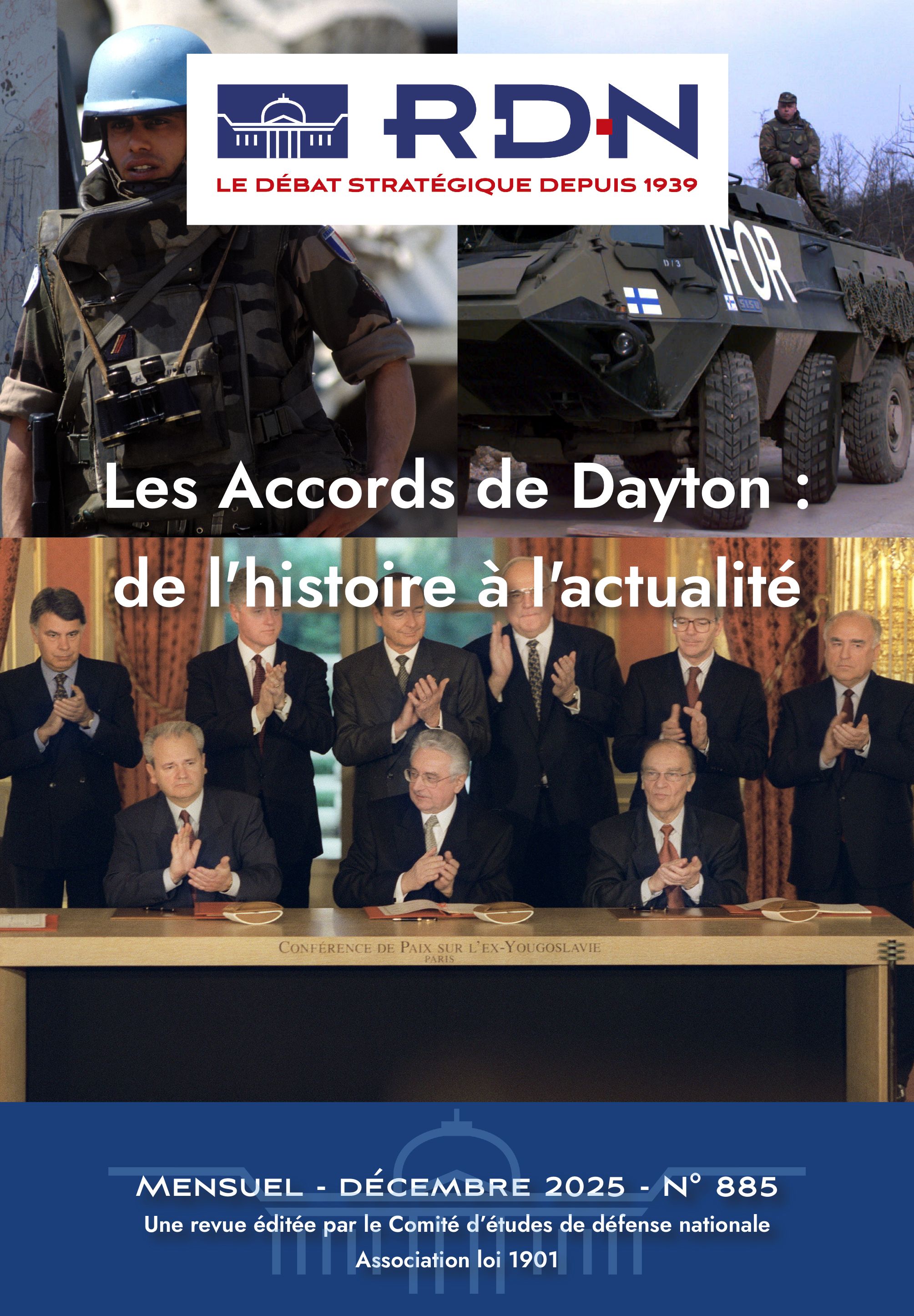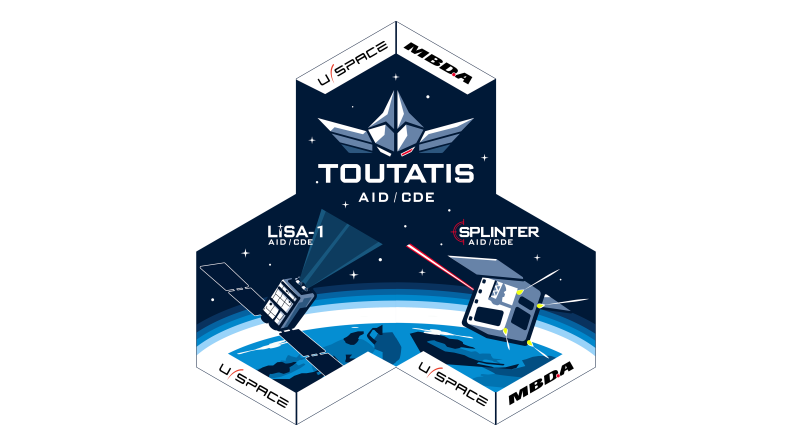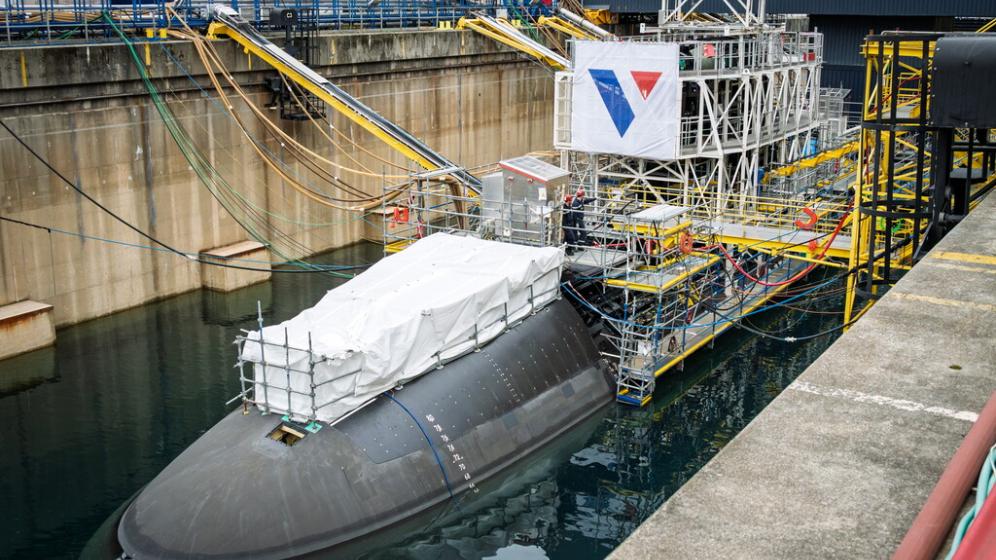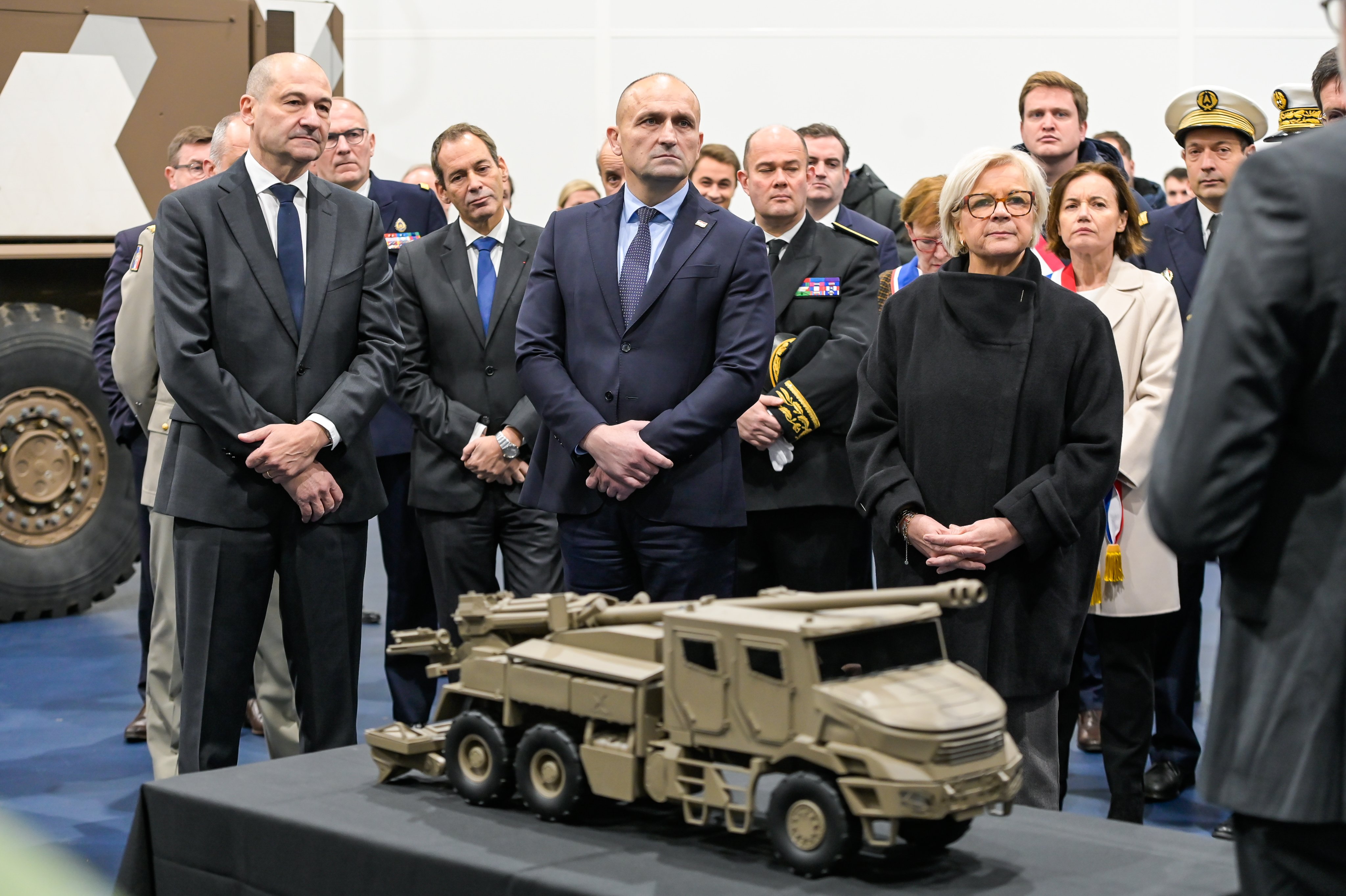La stratégie nucléaire russe s’inscrit dans le prolongement de la doctrine soviétique. Une confusion sciemment entretenue montre que l’emploi d’armes nucléaires et conventionnelles n’est pas strictement encadré, engendrant une incertitude stratégique supplémentaire.
Tailor-Surgeon, Soviet and Silovik: Russian Nuclear Strategy
Tailor-Surgeon, Soviet and Silovik: Russian Nuclear Strategy
Russian nuclear strategy is essentially an extension of Soviet doctrine. Deliberately maintained confusion demonstrates that the use of nuclear and conventional weapons is not strictly controlled, which leads to further strategic uncertainty.
This paper seeks to clear the air of confusing roles and even intentions ascribed to Russian nuclear strategy. Western experts have contended for nearly 20 years that if Russia developed relatively precise, long-range conventional weapons, Russia would cease “relying” on nuclear options. This may not be correct.
By one very conservative estimate, Russia’s stockpile of nuclear warheads stands at 4,300.The U.S. stockpile stands at 4,018 warheads as of January 2017. But Russia also has more variations within its force. Russia’s stockpile of non-strategic nuclear weapons (NSNW) is a large nuclear force unto itself, with estimates ranging from 800 to 3,800.
Beyond warhead estimates, Russia’s nuclear delivery capabilities are impressive. It maintains the largest inventory of cruise and ballistic missiles in the world, with ranges from tens to hundreds of kilometers to over 5,500 kilometers, many of which may be dual-capable (able to deploy conventional and nuclear warheads).
Il reste 95 % de l'article à lire
Plan de l'article







